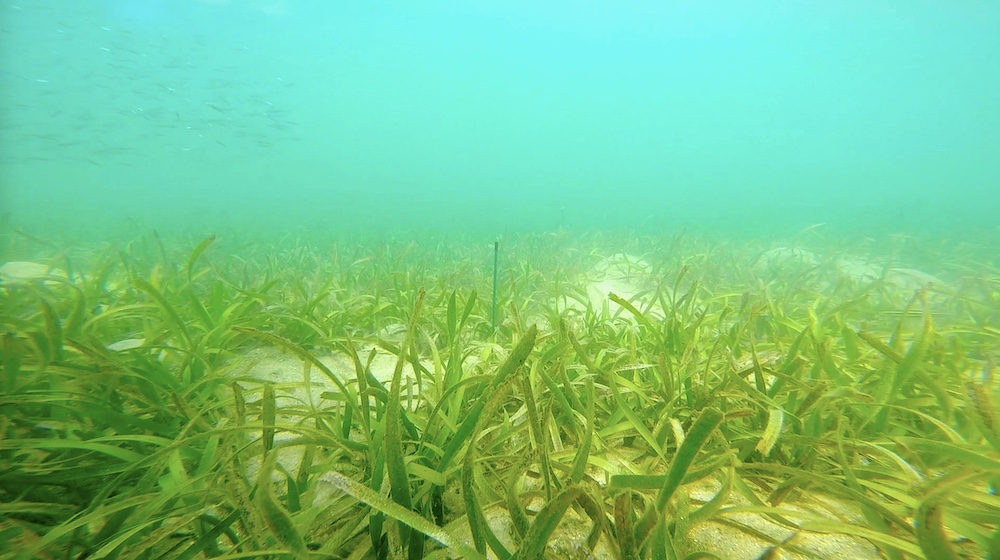Quick Start
Background
Seagrasses are a group of >70 species of flowering plants that spend their lives submerged in seawater. Most seagrasses root in shallow sediment bottoms, where sufficient light penetrates to support growth. Seagrasses form the foundation of submerged grassland ecosystems in shallow coastal waters from the equator to high latitudes on all continents except Antarctica. Seagrass meadows are highly productive, provide important habitat for animals, including commercially important fisheries and species of concern, and are important sites of blue carbon storage. Seagrass ecosystems and the services they provide are threatened by a range of interacting human activities, notably coastal development, declining water quality, invasive species, and climate warming. Thus, tracking status and trends in seagrass cover and quality is an emerging priority for ocean and coastal management.
